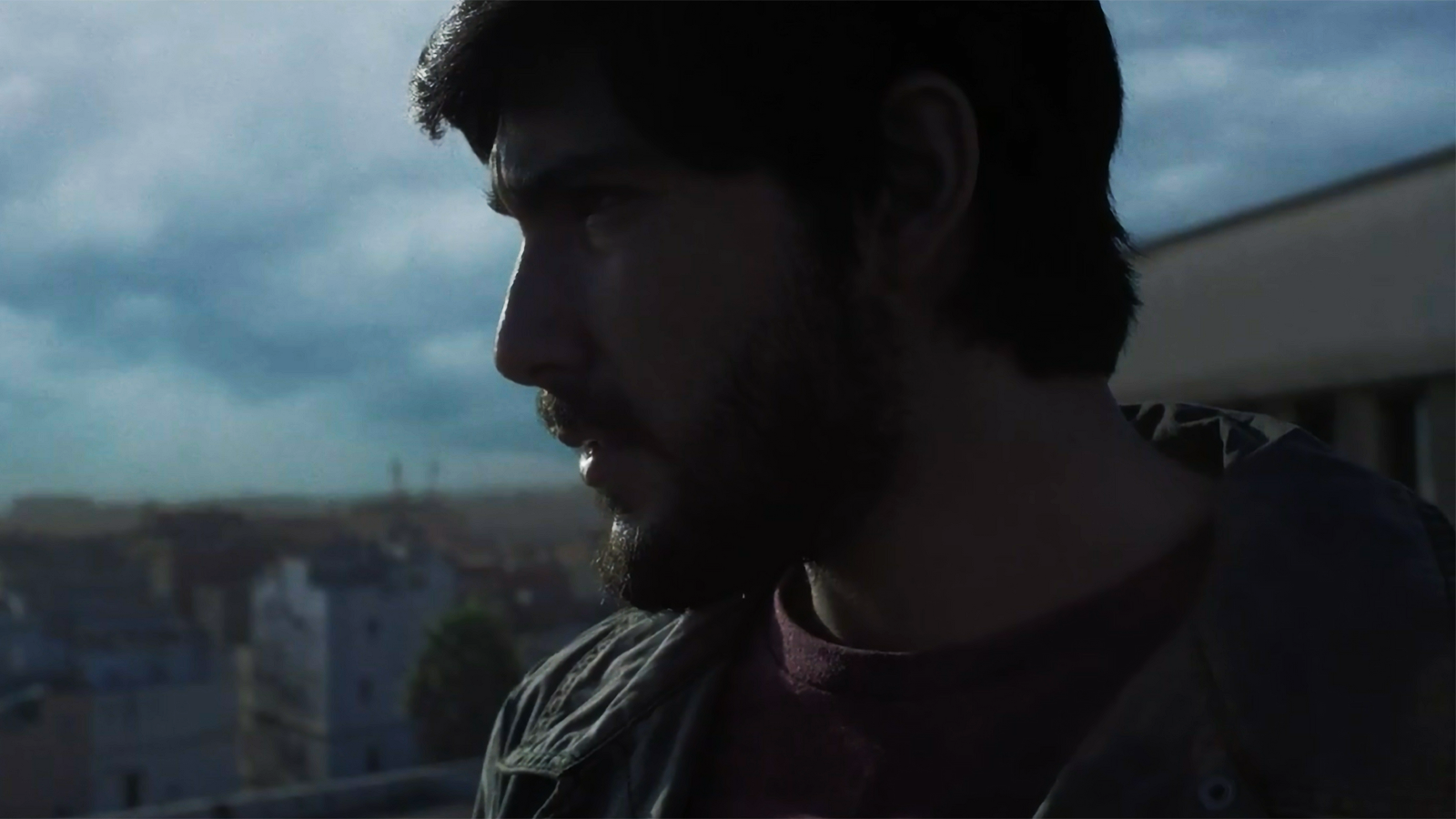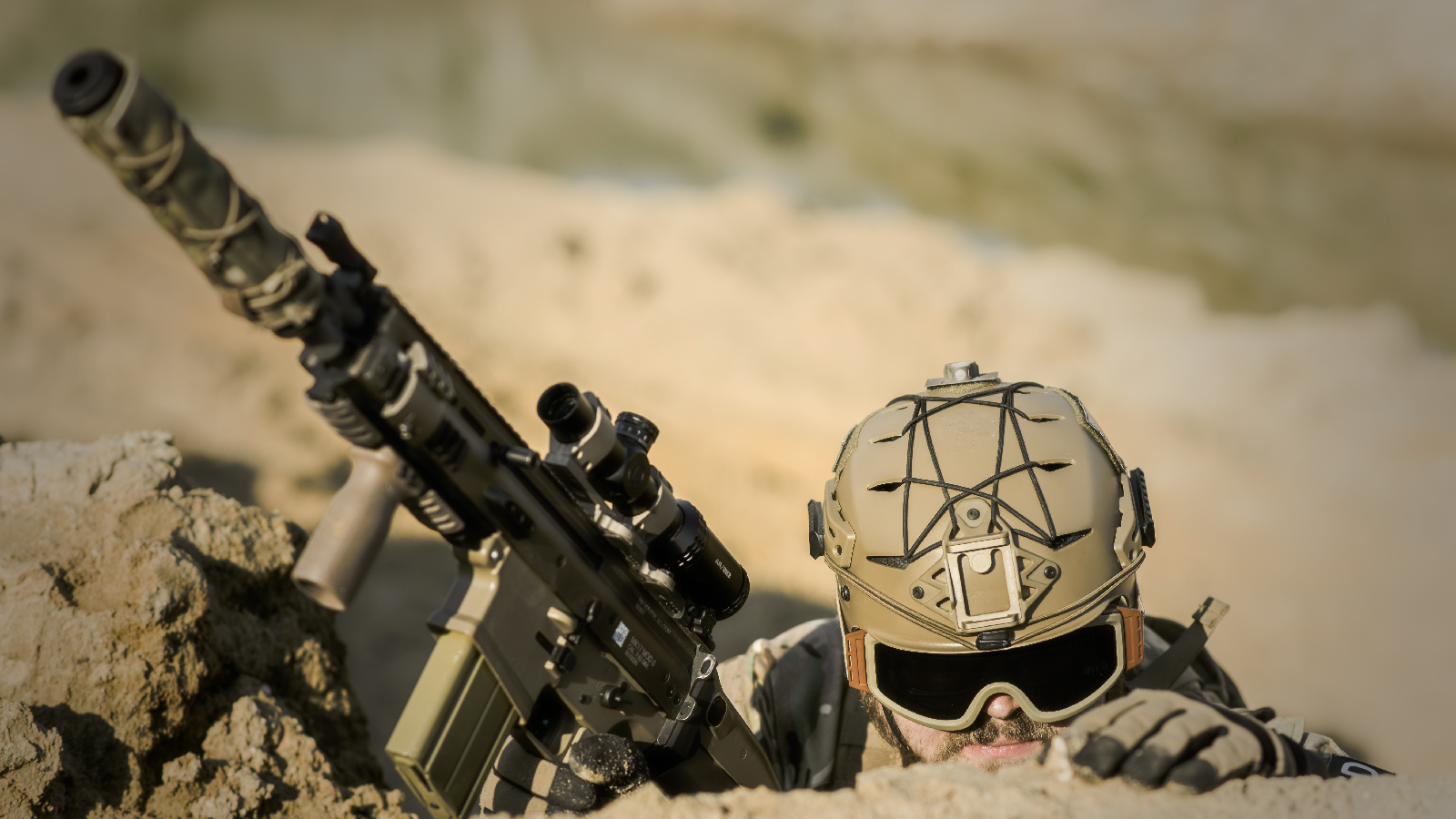U.S. President Donald Trump was initially skeptical of holding his first summit with Russian President Vladimir Putin in Helsinki, preferring the grandeur of the White House instead, but he reportedly relented after being told about the Finnish capital's significance in the history of America's long and complex relationship with its Cold War foe.
Like the time, 43 years ago today, that President Gerald Ford met with Soviet leader Leonid Brezhnev to discuss strategic weapons. And, with the exception of whatever Trump told Putin behind closed doors, the outcome of the summits were fairly similar: "...[I]t would be incorrect," then-Secretary of State Henry Kissinger said afterward the 1975 summit, "to claim any particular achievements." But it was a "very useful" opportunity for the powers to discuss the most pressing security issues of the day, he said.
In the timeline of the Cold War, the 1975 summit came during something of a thaw, more than a decade after the two superpowers nearly came to nuclear blows during the Cuban Missile Crisis. The year before the summit, in 1974, then-President Richard Nixon traveled to Moscow where he signed a strategic weapons restriction protocol with the Kremlin along with "several other instruments addressing scientific cooperation, cultural exchanges, and other bilateral matters."
Related: As Bay of Pigs 'Sh*t Hits the Fan,' US Denies Involvement
During his Helsinki summit, which took place during a larger European security conference, Ford hoped to build on those agreements, especially with regard to nuclear weapons and other strategic weapons, but "differences between the two governments over cruise missiles and the Soviet Backfire bomber frustrated Ford's desires," according to the State Department. The U.S. and the Soviets wouldn't sign the next significant agreement, called SALT II, until 1979. The Berlin Wall wouldn't fall, signaling the end of the Cold War, until 1989.
The meeting between the American and Soviet leader on July 30, 1975 "was businesslike, very friendly,” Ford said. The New York Times reported that day, "The tone of the meeting was almost jovial as the Soviet and American leaders and their senior aides sat down around a small dining table. Referring to the recently completed Apollo-Soyuz space mission, Mr. Ford said that 'the handshake in space was indicative of the progress we've been making.'"
Related: Traitors Are Bad, Propaganda Is Worse, A Cold War-Era CIA Warning
"If the Soviet Union and the United States can reach agreement so that our astronauts can fit together the most intricate scientific equipment, work together and shake hands 137 miles out in space, we as statesmen have an obligation to do as well on earth," Ford told the security conference. "History will judge this Conference not by what we say here today, but what we do tomorrow; not by the promises we make, but by the promises we keep."
Related: On This Day: Russia and US Shake Hands... in Space!
[Like what you see and read on Code and Dagger? Become a Patreon and help keep the lights on. Do you have a tip or question? Reach out at CodeAndDagger@protonmail.com.]











